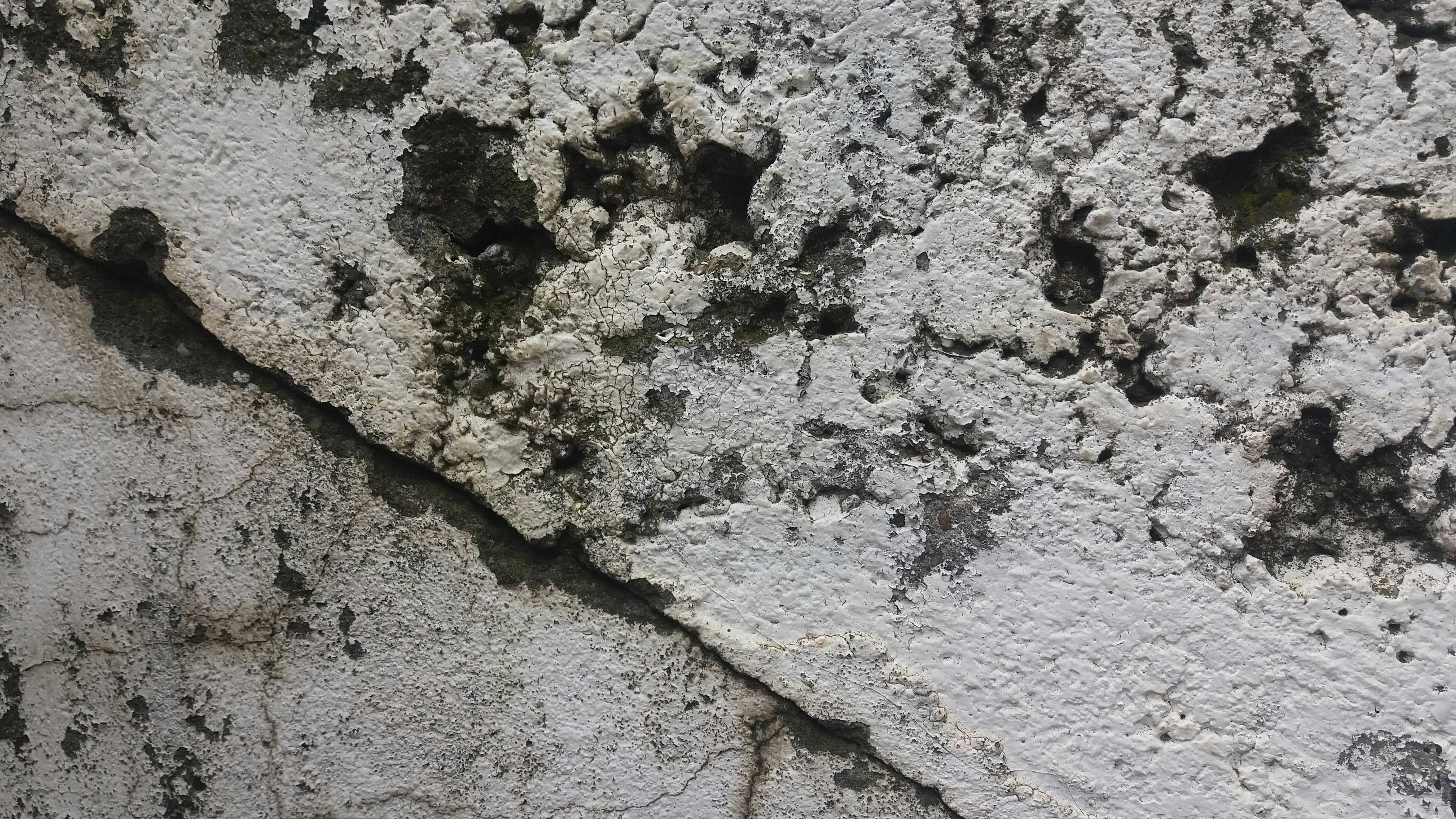Understanding Category 1, 2, and 3 Water Losses (and What Homeowners Miss)

When water damage strikes, most homeowners only see the surface problem—wet floors, soaked drywall, or a damp basement. What they don’t see is the classification of the water loss, which is one of the biggest factors in determining safety risks, cleanup requirements, and long-term damage to a property.
Water losses fall into three official categories, each defined by the level of contamination and potential health hazards. The IICRC (Institute of Inspection, Cleaning and Restoration Certification), the standard-setting organization for the restoration industry, outlines these categories in its S500 Standard and Reference Guide. You can read more about the standard here:
https://iicrc.org/s500/
Understanding these categories is crucial because choosing the wrong response—or delaying professional help—can create hidden structural damage, mold growth, and costly reconstruction work.
What Determines a Water Loss Category?
According to the IICRC, a water loss category is based on:
- Source of the water
- Level of contamination
- How long the water has been present
- Exposure to building materials
As water sits, contamination increases. Even clean water can become a biohazard within 48–72 hours. The CDC confirms that standing water quickly becomes a breeding ground for bacteria, mold, and pathogens:
https://www.cdc.gov/healthywater/emergency/standing-water.html
Category 1 Water Loss (“Clean Water”)
Category 1 water originates from a sanitary source. Examples include:
- A broken water supply line
- Sink or tub overflows with no contaminants
- Melting ice or snow
- Falling rainwater before contacting the ground
Although Category 1 seems harmless, homeowners often underestimate the risk. According to the EPA, indoor moisture left untreated can promote mold growth in as little as 24–48 hours:
https://www.epa.gov/mold/mold-course-chapter-1
If materials like carpet, drywall, or insulation remain wet too long, the loss can escalate to Category 2 or 3. That’s why professional drying and moisture mapping are essential—even if the water “looks clean.”
Category 2 Water Loss (“Gray Water”)
Category 2 water contains significant contamination and has the potential to cause discomfort or illness.
Common examples:
- Dishwasher or washing machine discharge
- Toilet overflow containing urine (no feces)
- Sump pump failures
- Aquarium leaks
Category 2 water may contain:
- Chemicals
- Microbial growth
- Detergents
- Organic matter
Because this water already carries health risks, the OSHA guidelines on biological hazards recommend limiting exposure and using proper PPE during cleanup:
https://www.osha.gov/biological-agents
Drywall, insulation, and carpeting impacted by Category 2 water often require partial or full removal to prevent microbial contamination from spreading.
Category 3 Water Loss (“Black Water”)
Category 3 is the most severe class of water damage. It is grossly contaminated and can cause serious illness. This category includes:
- Sewage backups
- Floodwater from rivers, creeks, or outside ground surface
- Rising groundwater
- Storm or hurricane surge
- Water containing fecal matter, pathogens, chemicals, or oils
Category 3 water carries dangers detailed by the CDC’s sewage exposure guidelines:
https://www.cdc.gov/healthywater/emergency/extreme-weather/sewage-overflow-guidance.html
Exposure to Category 3 water can involve:
- Harmful bacteria (E. coli, Salmonella)
- Viruses
- Parasites
- Chemicals or pesticides
- Petroleum and industrial runoff
Cleanup requires full containment, removal of affected materials, HEPA filtration, negative air pressure, and antimicrobial treatment.
If the water entered due to a natural disaster, FEMA also provides detailed safety and cleanup guidance:
https://www.fema.gov/fact-sheet/flood-cleanup-safety
What Homeowners Usually Miss
1. “It looks clean, so it’s safe.”
Water may appear clear but still contain contaminants invisible to the naked eye.
2. Delaying the dry-out increases contamination levels.
Category 1 water can become Category 2 or 3 in under 72 hours.
3. DIY cleanup often fails to address hidden moisture.
Behind walls, under flooring, and inside insulation are areas most DIY methods miss.
4. Insurance coverage depends on proper documentation.
Incorrect assessment can impact approval, coverage amount, and claim speed.
5. Mold can begin forming sooner than expected.
The EPA notes mold can start growing within 48 hours:
https://www.epa.gov/mold/mold-course-chapter-1
Why Professional Assessment Matters
Restoration companies like NCRI use:
- Moisture meters and thermal imaging
- Air scrubbers and dehumidification systems
- Containment barriers
- Proper PPE and disinfectants
- IICRC-certified technicians
- Direct communication with insurance adjusters
Accurate category identification protects your health, your home’s structural integrity, and your insurance claim.
Final Thoughts
Water damage isn’t just about drying out a space. The category of the water loss determines safety steps, cleanup protocols, and long-term damage risks. Whether it’s a small sink overflow or a large sewage backup, understanding these categories ensures the right response and helps prevent costly mistakes.







